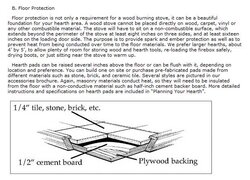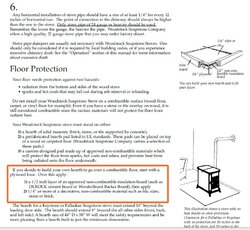Howdy-
I just realized that I am going to need probably 5 layers of durock (old style) for my hearth. I can't find Mircore locally. If you have done this, did you screw layers progressively to each other with mortar in between? Or should I just screw them together and call it good? Or just mortar them together? I need a K value of .84 I believe. Its for a keystone I'm putting in.
Thanks
I just realized that I am going to need probably 5 layers of durock (old style) for my hearth. I can't find Mircore locally. If you have done this, did you screw layers progressively to each other with mortar in between? Or should I just screw them together and call it good? Or just mortar them together? I need a K value of .84 I believe. Its for a keystone I'm putting in.
Thanks



